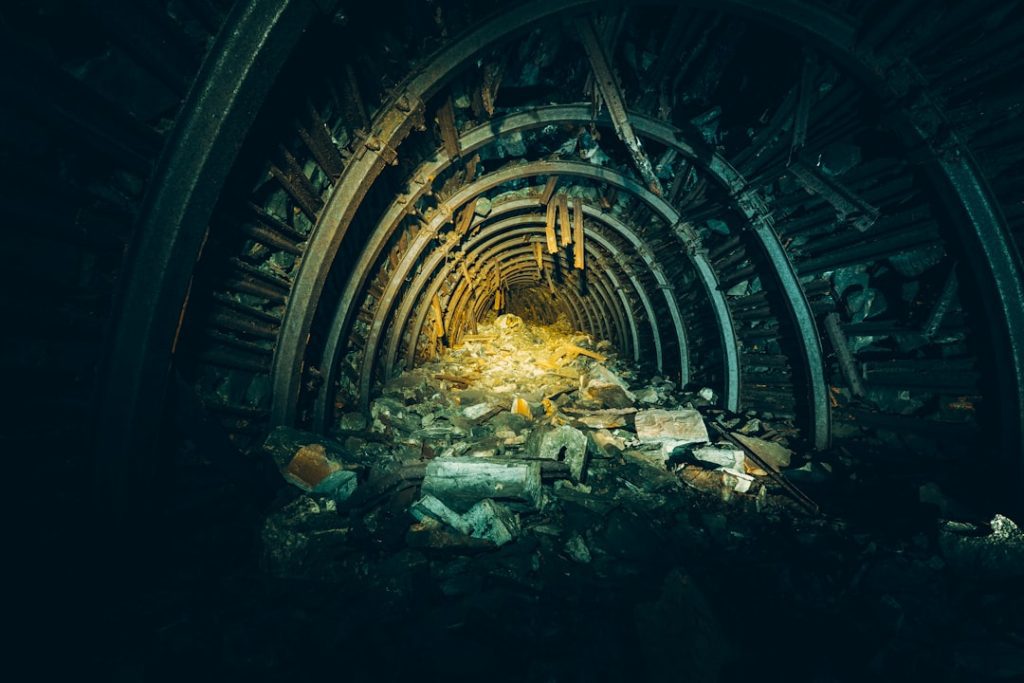Briquettes are compressed blocks of biomass or charcoal that are used as a fuel source. They are typically made from agricultural waste, such as sawdust, rice husks, or peanut shells, or from charcoal dust. These materials are compressed under high pressure without the use of any binding agents, resulting in a dense and uniform block that can be used for cooking, heating, or as a fuel source for industrial processes. Briquettes come in various shapes and sizes, including round, square, and hexagonal, and are designed to be easy to handle and store. They are a popular alternative to traditional fuels such as firewood or coal due to their efficiency and environmental benefits.
Briquettes are an eco-friendly and sustainable fuel option that helps reduce deforestation and carbon emissions. They provide a cleaner and more efficient alternative to traditional fuels, making them an attractive option for both domestic and industrial use. Briquettes are also known for their high calorific value, which means they produce a lot of heat when burned, making them an efficient and cost-effective fuel source. Overall, briquettes are a versatile and environmentally friendly fuel option that offers numerous benefits for both consumers and the planet.
Key Takeaways
- Briquettes are compressed blocks of biomass or charcoal used as a fuel source for cooking and heating.
- Using briquettes can lead to cost savings, reduced smoke and ash, and a longer burning time compared to traditional fuels.
- Briquettes are made by compressing biomass or charcoal with a binder under high pressure, often using a briquette machine.
- Briquettes have a lower environmental impact compared to traditional fuels, as they produce less smoke and ash and utilize waste materials.
- Briquettes are cost-effective due to their longer burning time, consistent heat output, and ability to be used in various cooking and heating applications.
Benefits of Using Briquettes
One of the main benefits of using briquettes is their environmental impact. By using agricultural waste or charcoal dust to create briquettes, this process helps reduce the amount of waste that would otherwise end up in landfills or be burned in open fields, contributing to air pollution. Additionally, using briquettes as a fuel source reduces the demand for traditional fuels such as firewood or coal, which helps preserve forests and reduces carbon emissions. This makes briquettes a sustainable and eco-friendly fuel option that supports environmental conservation efforts.
Another benefit of using briquettes is their high calorific value, which means they produce a lot of heat when burned. This makes them an efficient and cost-effective fuel source for cooking, heating, and industrial processes. Additionally, briquettes are easy to handle and store, making them a convenient fuel option for both domestic and commercial use. They also produce less smoke and ash compared to traditional fuels, resulting in cleaner and healthier indoor air quality. Overall, the numerous benefits of using briquettes make them an attractive fuel option for environmentally conscious consumers and businesses.
How Briquettes are Made
Briquettes are typically made through a process called briquetting, which involves compressing biomass or charcoal dust under high pressure to form dense and uniform blocks. The first step in the briquetting process is to collect and prepare the raw materials, which can include agricultural waste such as sawdust, rice husks, or peanut shells, or charcoal dust from wood or coconut shells. The raw materials are then dried to reduce their moisture content, which helps improve the quality of the briquettes.
Once the raw materials are prepared, they are fed into a briquetting machine, which uses high pressure to compress the materials into a dense block. No binding agents are used in this process, as the natural lignin in the biomass acts as a binding agent when subjected to high pressure. The resulting briquettes are then cooled and can be further processed to create different shapes and sizes. Overall, the briquetting process is a simple and efficient way to convert biomass or charcoal dust into a convenient and sustainable fuel source.
The Environmental Impact of Briquettes
| Metrics | Data |
|---|---|
| CO2 Emissions Reduction | Up to 80% compared to traditional fuels |
| Energy Efficiency | Higher than traditional fuels |
| Renewable Resource | Uses sustainable biomass materials |
| Deforestation Prevention | Reduces demand for wood fuel |
The environmental impact of using briquettes is significant in several ways. First, by using agricultural waste or charcoal dust to create briquettes, this process helps reduce the amount of waste that would otherwise end up in landfills or be burned in open fields, contributing to air pollution. This not only helps reduce environmental pollution but also supports sustainable waste management practices. Additionally, using briquettes as a fuel source reduces the demand for traditional fuels such as firewood or coal, which helps preserve forests and reduces carbon emissions.
Furthermore, the production and use of briquettes result in lower greenhouse gas emissions compared to traditional fuels. This is because briquettes have a higher calorific value and produce less smoke and ash when burned, resulting in cleaner and healthier indoor air quality. By reducing the reliance on traditional fuels and promoting sustainable waste management practices, the use of briquettes contributes to environmental conservation efforts and supports a more sustainable future. Overall, the environmental impact of using briquettes is positive and contributes to a healthier planet for future generations.
The Cost-Effectiveness of Briquettes
In addition to their environmental benefits, briquettes are also known for their cost-effectiveness. Due to their high calorific value, briquettes produce a lot of heat when burned, making them an efficient fuel source for cooking, heating, and industrial processes. This means that less fuel is needed to achieve the same level of heat compared to traditional fuels such as firewood or coal, resulting in cost savings for consumers and businesses. Additionally, briquettes are easy to handle and store, making them a convenient fuel option that requires minimal maintenance.
Furthermore, the production of briquettes can also create economic opportunities for communities by providing a market for agricultural waste or charcoal dust. This can help generate additional income for farmers and waste collectors while promoting sustainable waste management practices. Overall, the cost-effectiveness of using briquettes makes them an attractive fuel option for consumers and businesses looking to save money while supporting environmental conservation efforts.
The Versatility of Briquettes

Briquettes are a versatile fuel option that can be used for a wide range of applications. They can be used for cooking in households, restaurants, and street food stalls, providing a convenient and efficient fuel source for preparing meals. Additionally, briquettes can be used for heating in homes, offices, and industrial facilities, offering a cost-effective and sustainable alternative to traditional fuels such as firewood or coal. Furthermore, briquettes can also be used as a fuel source for industrial processes such as drying, baking, and power generation.
The versatility of briquettes extends beyond their use as a fuel source. They can also be used as a raw material for producing heat and electricity in biomass power plants, providing a renewable energy source that supports sustainable development. Additionally, the ash produced from burning briquettes can be used as a natural fertilizer for agricultural purposes, closing the loop on waste management and promoting soil health. Overall, the versatility of briquettes makes them an attractive fuel option for a wide range of applications, from household cooking to industrial processes.
Tips for Using Briquettes Efficiently
To maximize the efficiency of using briquettes as a fuel source, there are several tips that consumers and businesses can follow. First, it is important to store briquettes in a dry place to prevent them from absorbing moisture, which can reduce their calorific value and effectiveness as a fuel source. Additionally, it is important to use the appropriate amount of briquettes for the desired level of heat when cooking or heating, as using too many briquettes can result in unnecessary waste.
Furthermore, it is important to use a clean and well-maintained stove or heating appliance when using briquettes to ensure efficient combustion and minimal emissions. Regular cleaning and maintenance of stoves and appliances can help optimize their performance and extend their lifespan. Additionally, it is important to dispose of ash from burned briquettes properly by using it as a natural fertilizer or by following local waste management guidelines.
Overall, by following these tips for using briquettes efficiently, consumers and businesses can maximize the benefits of this sustainable fuel source while minimizing waste and environmental impact.
If you’re interested in learning more about sustainable energy initiatives in Kabul, you should check out this article on Almassiyah. It discusses the city’s efforts to promote clean energy and create a more sustainable future. This ties in with the concept of energy-saving briquettes, as both are aimed at reducing the environmental impact of energy consumption.
FAQs
What are energy-saving briquettes?
Energy-saving briquettes are compact blocks of compressed biomass materials, such as sawdust, agricultural waste, or paper, that are used as a fuel source for heating and cooking. They are designed to be a more efficient and environmentally friendly alternative to traditional firewood or charcoal.
How do energy-saving briquettes work?
Energy-saving briquettes work by providing a consistent and long-lasting source of heat when burned. The compacted nature of the briquettes allows for a slower and more controlled burn, resulting in less waste and higher energy efficiency compared to traditional fuels.
What are the benefits of using energy-saving briquettes?
Using energy-saving briquettes has several benefits, including reduced deforestation, lower greenhouse gas emissions, and improved indoor air quality. Additionally, they are cost-effective and provide a sustainable solution for cooking and heating needs.
How are energy-saving briquettes made?
Energy-saving briquettes are typically made by compressing biomass materials using a briquetting machine. The process involves grinding the raw materials into a fine powder, mixing them with a binding agent, and then compressing the mixture into a solid block using high pressure.
Where can energy-saving briquettes be used?
Energy-saving briquettes can be used in a variety of settings, including households, restaurants, and industrial facilities. They are suitable for cooking, heating, and even for use in certain types of boilers and furnaces.



